Laing studies the picture of Emily while I study his face. But actually — and I can’t be sure of this — he’s not looking at my daughter’s picture at all, but rather at the cone object on the table right beside her in the picture, and the first thought that comes into my mind when I notice this is that Laing can’t bear to look at the photograph for the same reasons he couldn’t bear to keep the films he destroyed. Or else the picture of my daughter reminds him of the other children.
*
That evening, during an intense windstorm that seems to lift the motel itself off the ground and set it down somewhere else, Laing tells me about A. in one unbroken monologue. At the time I didn’t understand what A. had to do with anything but looking back on it now — when it seems all I do is look back — I see that without A. none of the rest of what he told me made sense. I’d first read about A. in flying signifiers , where she was described in an uncharacteristically clichéd — almost mocking — way as a cinema theory groupie who had experienced a revelation of doom after watching the Isis/Cleopatra character make her secret signals in the mouth of the desert cave in Kenneth Anger’s Lucifer Rising .
“What I didn’t tell you earlier was that A. was the person who, back in 1978, had stayed to watch The Blood Order . She was just a girl — eight or nine — and I assumed she was the kid sister of one of the older grad students who had come to watch the Lynch shorts. She was sitting on a folding chair the way kids sometimes do with one foot tucked under her. I remember that. And also: at some point during The Blood Order the film cut out and the room went black for just a few minutes and that’s when she must have brushed by me in the dark because I felt something against my leg and there was the momentary smell also of perfume or candy. Our paths crossed again, in a fatal sort of way, around ten years later during a time when, in Pennsylvania, I was playing two roles at once, as both a librarian in the rare books room, and the other as a part-time graduate student.
“There were two separate but related incidents involving A. It was during the summer of a blazing heat wave. I remember this because the green leaves of the campus trees — even the strong and old trees lining the broad walkways through the middle of campus — these leaves had curled inward, taking the shape of little green tubes, like cigarettes with nothing inside them. They would survive, I knew, and unfurl again miraculously when it cooled, and it reminded me of A., in her apartment with the blankets over the windows to keep the sun out, and how that might not have been an act of retreat or depression, but rather survival, as she waited (she, with her page-boy hair and small knees) for the pressing evil to pass. Also: in her apartment was a white sheet that she had hung across the doorway into what I suspect was a narrow hallway.
“That was the first adventure with A. It’s hard for me to talk about the second one because that was a very dangerous time (as it is for you, now) a time when I felt that hot cauldron beneath my feet. We — all of us enduring the mental excitement of a university falling apart under the weight of bad ideas — had been reading Jonathan Edwards’ 1741 sermon Sinners in the Hands of an Angry God for a seminar on the religious experience in America, where Edwards’ words became super-charged, colliding like spooked atomic particles against our postmodern skepticism. Secretly, Edwards’ sermon frightened me. There were so many traps in his writing, and the easiest solution was laughter, but that was temporary. ‘It is no security to wicked men for one moment, that there are no visible means of death at hand ,’ he wrote. ‘The unseen, unthought-of ways and means of persons going suddenly out of the world are innumerable and inconceivable. Unconverted men walk over the pit of hell on a rotten covering, and there are innumerable places in this covering so weak that they will not bear their weight, and these places are not seen. The arrows of death fly unseen at noon-day.’
“‘Now it’s dark,’ Frank says in Blue Velvet , murmuring to himself, a moment of what psychologists call insight: he knows that something is wrong with him, and that he’s going into the dark place, which make his actions even more terrifying. In another era, I would have suspected that A. might be an informer. A. invited me inside. I leaned my bike against a tree and, book in hand, followed her. Already at this point I could feel the undertow of Lynch’s movies tugging at me. Back then I knew nothing of split edits and so had no framework for understanding what was about to happen in A.’s apartment. She threw a blanket over the books on the lawn, and we went inside. Blankets — not unlike the one she had just tossed over the books outside — hung over the windows in place of drapes. It was dark. The furniture — a few ladder-back chairs, a white wicker loveseat with no cushions, a round table piled with newspapers and magazines, a floor lamp — was pushed back against the walls. The room, for lack of a better word, was enigmatic. The pall of danger hung over it, and the ceiling itself was so obscured in darkness that it seemed as if there was nothing above us except black, empty space. A. didn’t (thankfully) invite me to sit down. She didn’t invite me to do anything. In fact, for several minutes she was so still, so silent that she seemed to have disappeared completely, and there I was standing alone in this strange dark apartment that felt like some sort of pressure chamber, as if the blankets on the walls were not covering windows but tightly sealed portals into the outside world, which I yearned for suddenly now, the world of grass and wind and bees and the warm summer sun.
“But of course A. hadn’t disappeared. She was standing, instead, near the round table, in a thicket of shadows that seemed permanently fixed in the room. On the table was one of Julia Kristeva’s most dangerous books, her photograph adorning the cover. And yet in this copy the image was reversed so that Kristeva was looking the wrong way. I remembered distinctly sitting behind her watching those Lynch shorts ten years earlier, and the way the side of her face seemed to flicker in and out of existence to the dim blue light of the movie projector. You should know where it is , A. said suddenly and for a terrible and tender moment I thought she might do something else, but instead she reached into the pile of junk on the table and pulled out a simple red shoebox. These people , she said, waving the box in the air, they are blacker than a hole inside . And that’s when, by complete surprise, she told me about the revolutionaries who had ‘disappeared’ her mother. How she expected me to keep up with the reckless flow of her words (which frankly struck me more like a hasty confession), I don’t know. It was all very dramatic: the graphic nature of her story, her standing there in the shadows with her long arms, holding the shoebox in the air between us like some sort of totem, and the really sickening feeling I had that I never should have followed her into this room.
“It was only years later, re-watching Blue Velvet and then Wild at Heart on DVD, that it came back to me, what happened next with A. The room was very still, very quiet, until there was the sound of something swooshing, like the soft noise a canvas tent might make if it collapsed. I looked to the source of the sound — the largest window in the apartment — and saw as the enormous blanket that had been covering it slid to the floor in silence, flooding the room with sunlight. At the time I don’t think it even registered with me that I had heard the blanket fall before I saw it fall. A split edit . The scene changing suddenly from dark to light, but the sound and the image not matching up. Here, it’s yours now , A. said, and shoved the red shoebox (the shade of red reminded me of the Indiana Ave. card in Monopoly) into my hands and fled the room like a vampire, though of course she was not afraid of the sun at all, having just minutes before been standing in it on the front grass of her apartment building as I rode my bike. Just before fleeing, an expression passed across her face that was so beautiful and sad that it furrowed her brow, as if for that moment the entire beauty of the known world accumulated there, and how I wished I could reach out and gently draw my thumb across the caterpillar fur of her eyebrow. The room, bathed in orange-yellow light, looked as if creatures with yellow blood and guts had exploded. A hyper-realistic oil painting on the wall that had gone unnoticed before — a woman in a long red cape whose deep folds practically undulated like slow rolling waves across a deep and immense ocean — seemed to foretell the dawning of some new dark era.
Читать дальше
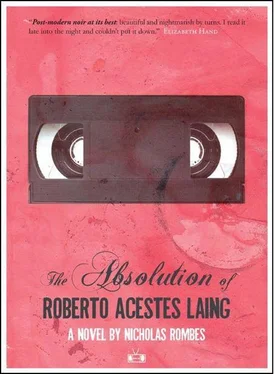
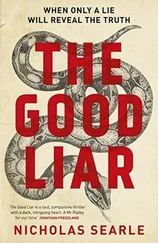
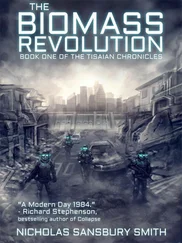

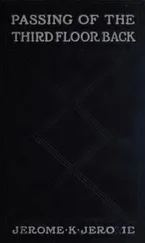

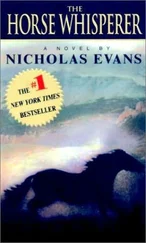
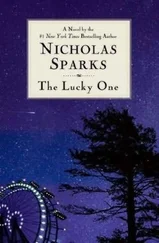

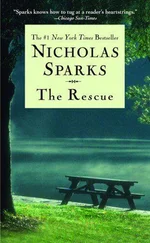
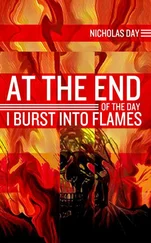

![Nicholas Timmins - The Five Giants [New Edition] - A Biography of the Welfare State](/books/701739/nicholas-timmins-the-five-giants-new-edition-a-thumb.webp)